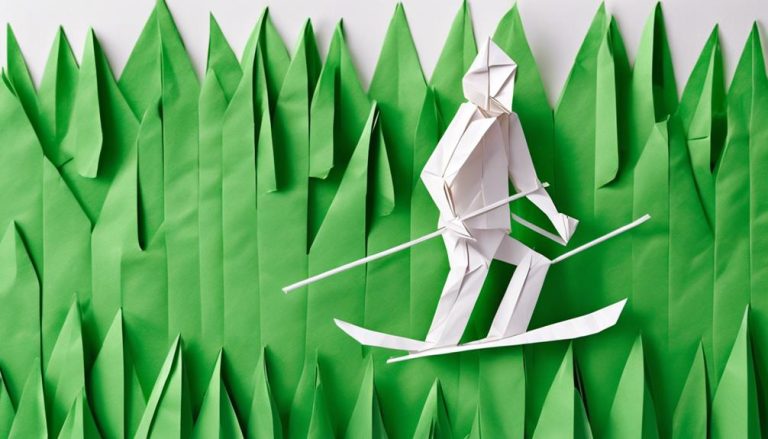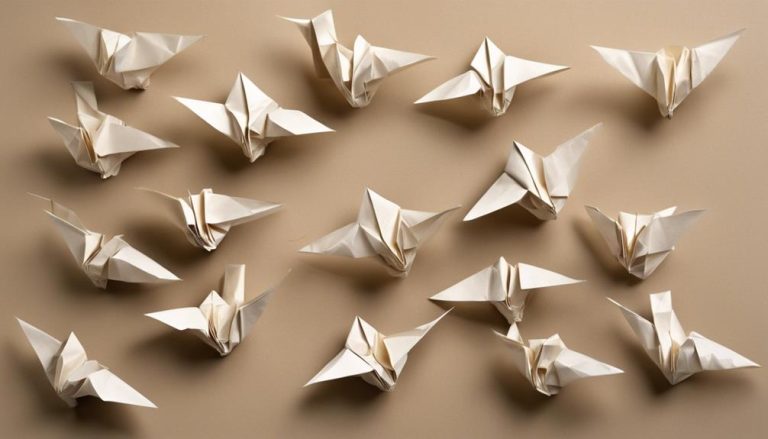General Rules of Freestyle Slalom Skating
Ready to rock the freestyle slalom scene? Equip yourself with hard or soft shell skates, Seba, Powerslide, or Rollerblade brands, and essential protective gear. Compete in age divisions, focus on music, skill levels, and show off your unique style. Impress judges with technical difficulty, artistry, and consistency. Get creative, show individual flair, and master spins, jumps, and footwork. Safety first – mandatory gear, training, course checks, and emergency readiness. Hit the pavement and embrace the challenge! Master the rules and own the rink like a pro!
Equipment Requirements
When gearing up for freestyle slalom skating, you'll need a specific set of equipment to guarantee safety and peak performance. Skates for freestyle slalom come in various types, including hard shell and soft shell. Hard shell skates provide more support and stability, ideal for beginners, while soft shell skates offer flexibility and comfort, preferred by more experienced skaters. Some popular brands known for their quality freestyle slalom skates are Seba, Powerslide, and Rollerblade.
Aside from skates, protective gear is essential. Wrist guards, knee pads, elbow pads, and a helmet are vital to prevent injuries while performing tricks and maneuvers. Brands like Triple Eight, Pro-Tec, and Smith offer durable and reliable protective gear specifically designed for skating.
Investing in high-quality equipment from trusted brands ensures not only your safety but also enhances your overall skating experience. Remember, the right gear can make a significant difference in your performance and enjoyment on the skating rink.
Competition Categories
Exploring the diverse competition categories in freestyle slalom skating reveals the range of skills and styles that enthusiasts can showcase on the rink. When it comes to age divisions, competitions are typically organized into categories like juniors, adults, and seniors, allowing skaters of all ages to participate and shine. Music selection is a vital aspect of freestyle slalom competitions, as skaters often choreograph their routines to music that complements their style and enhances their performance.
Skill levels also play a significant role in competition categories, with events structured to accommodate beginners, intermediate skaters, and advanced professionals. This guarantees that skaters can showcase their talents at a level that suits their expertise, promoting a fair and inclusive environment for all participants. Additionally, costume choices are another exciting element of freestyle slalom competitions, where skaters can express their creativity through their outfits, adding flair and personality to their performances on the rink. By offering a variety of competition categories that cater to different ages, skill levels, and style preferences, freestyle slalom skating provides a platform for skaters to explore their passion and excel in a supportive community.
Judging Criteria
In freestyle slalom skating competitions, the judging criteria serve as the essential guidelines for evaluating skaters' performances on the rink. When it comes to judging criteria, two key aspects play an important role: technical difficulty and artistic impression. Technical difficulty refers to the complexity and intricacy of the maneuvers executed by the skater. Judges look for challenging moves that require skill and precision. On the other hand, artistic impression focuses on the skater's expression, style, and creativity during their performance. Skaters are encouraged to infuse their routines with personal flair and originality to captivate the audience and judges.
Consistency and execution are also crucial components of the judging criteria. Consistency relates to the skater's ability to maintain a high level of performance throughout their routine without faltering. A consistent performance demonstrates the skater's mastery and control. Execution, on the other hand, pertains to how well the skater performs each move with precision and accuracy. Flawless execution showcases the skater's technical prowess and attention to detail. Overall, judges evaluate skaters based on a combination of technical difficulty, artistic impression, consistency, and execution to determine the quality of their performance.
Performance Rules
Performance rules dictate the specific guidelines and regulations that skaters must adhere to during their routines in freestyle slalom skating competitions. These rules are essential in ensuring fair competition and evaluating skaters based on their skill level and routine creativity. When it comes to skill level, judges assess the technical proficiency of skaters in executing various moves such as spins, jumps, footwork, and combinations. Skaters are expected to demonstrate a high level of control, balance, and precision in their movements to showcase their mastery of the sport.
Routine creativity is another key aspect that performance rules focus on. Skaters are encouraged to infuse their routines with innovative elements, unique choreography, and original tricks to captivate the audience and judges. Creativity plays a significant role in setting skaters apart and showcasing their individual style and flair on the rink. By following these performance rules, skaters can push the boundaries of freestyle slalom skating and elevate the sport to new heights of artistry and athleticism.
Safety Regulations
To guarantee the safety of all participants and uphold a secure skating environment, stringent safety regulations govern freestyle slalom skating competitions. When engaging in this exhilarating sport, it is essential to prioritize your safety by adhering to these regulations.
- Safety Gear: Wearing proper safety gear such as helmets, wrist guards, knee pads, and elbow pads is mandatory during freestyle slalom skating competitions.
- Training Techniques: Ensuring that you are well-trained and proficient in various skating techniques can greatly reduce the risk of accidents and injuries.
- Course Inspection: Before starting a routine, carefully inspect the competition area for any obstacles or hazards that could pose a danger during your performance.
- Emergency Preparedness: Familiarize yourself with emergency protocols and be prepared to respond swiftly in case of any accidents or injuries to yourself or others.
Frequently Asked Questions
Are There Any Specific Warm-Up Exercises or Routines That Skaters Should Do Before Competing in Freestyle Slalom Skating?
Before competing in freestyle slalom skating, remember the significance of pre-competition stretches to prevent injuries. Engage in mental preparation and skill drills to enhance performance. These routines are vital for your success on the rink.
How Long Does It Typically Take for a Beginner to Become Proficient in Freestyle Slalom Skating?
To become proficient in freestyle slalom skating, expect a learning curve. Practice duration varies, but with dedication, beginners can progress steadily. Skill level improves over time, and you'll notice your progress rate increasing.
Can Freestyle Slalom Skaters Perform Tricks or Moves That Are Not Included in the Standard Judging Criteria?
In the vast playground of freestyle slalom skating, your creativity knows no bounds. Unconventional tricks push the freestyle boundaries, celebrating innovation. Embrace your unique style, carving new paths with daring moves beyond standard judging criteria.
Are There Any Specific Strategies or Tips for Maintaining Balance and Stability While Performing Tricks in Freestyle Slalom Skating?
To maintain balance and stability in freestyle slalom skating, focus on core strength and footwork drills. Guarantee equipment maintenance for peak performance. Implement balance techniques to enhance control. Practice consistently to improve skills and master tricks effectively.
How Do Freestyle Slalom Skaters Protect Their Skates From Wear and Tear During Practice and Competitions?
When it comes to freestyle slalom skating, keeping your skates in top shape is crucial. To protect them from wear and tear, invest in quality protective gear and regularly maintain your equipment for peak performance.






